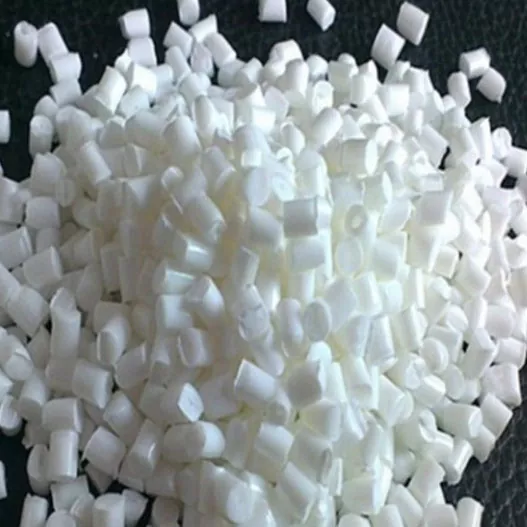Flame Retardant Polybutylene Terephthalate is attracting widespread attention across multiple industries due to its unique combination of mechanical properties and flame retardancy. As advancements continue, FR-PBT is poised to play an increasingly important role in ensuring the safety and performance of a wide range of products.
In the realm of advanced materials, a product that is capturing significant industry interest is Flame Retardant Polybutylene Terephthalate (FR-PBT). This specialized polymer blend combines the robust mechanical properties of Polybutylene Terephthalate (PBT) with enhanced flame retardancy, making it an ideal choice for a wide array of applications where fire safety is paramount.

Recent developments in FR-PBT have led to improved formulations that not only meet but often exceed stringent fire safety regulations. Manufacturers are continually refining their production processes to ensure that FR-PBT maintains its mechanical integrity while offering superior flame resistance.
The electronics industry, in particular, is taking note of FR-PBT's potential. Its combination of thermal stability, electrical insulation, and flame retardancy makes it an excellent candidate for use in components such as connectors, sockets, and other electrical parts. As the demand for safer, more reliable electronic devices grows, so too does the interest in FR-PBT.
Additionally, the automotive sector is exploring the use of FR-PBT for interior components and under-the-hood applications where weight reduction and fire safety are critical. The material's balance of strength, durability, and flame resistance aligns well with the industry's ongoing efforts to enhance vehicle safety and efficiency.
Researchers are also actively investigating new applications for FR-PBT in the aerospace, construction, and transportation industries. The material's ability to withstand extreme temperatures and resist combustion makes it a compelling option for components that must meet rigorous safety standards.
Copyright © 2024 Suzhou Accom New Material Technology Co., Ltd. All Rights Reserved.